- My Account
- Place a Reorder
- Logout
Home » Wound Care » Traditional Wound Care » Gauze
Showing 1–16 of 145 results
-
Sale!
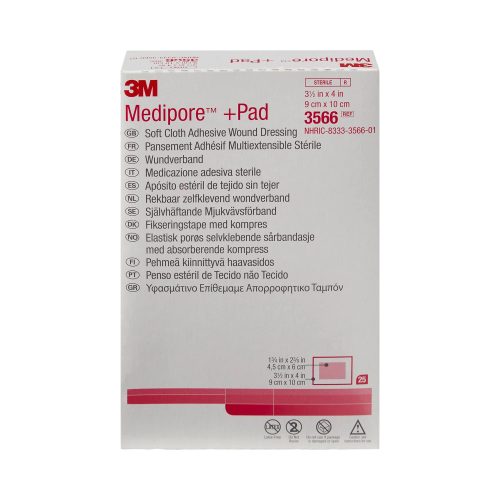 Reduce PainSolventum (Formerly 3M)
Reduce PainSolventum (Formerly 3M)3M Medipore + Pad Soft Cloth Adhesive Wound Dressing
Starting at: $0.39 Select options This product has multiple variants. The options may be chosen on the product page -
Sale!
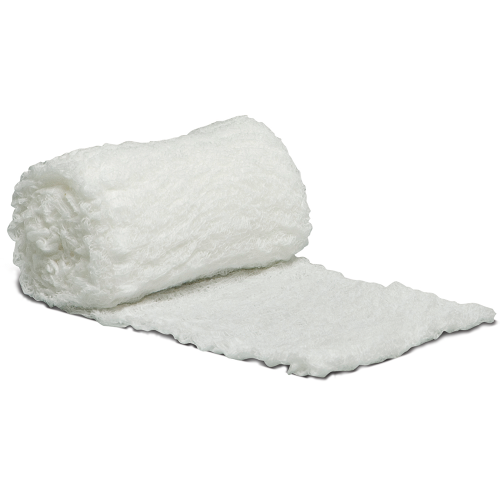 AbsorbentHARTMANN USA
AbsorbentHARTMANN USASterilux Bulky Premium Roll Gauze, Sterile
SterileStarting at: $0.99 Select options This product has multiple variants. The options may be chosen on the product page -
Sale!
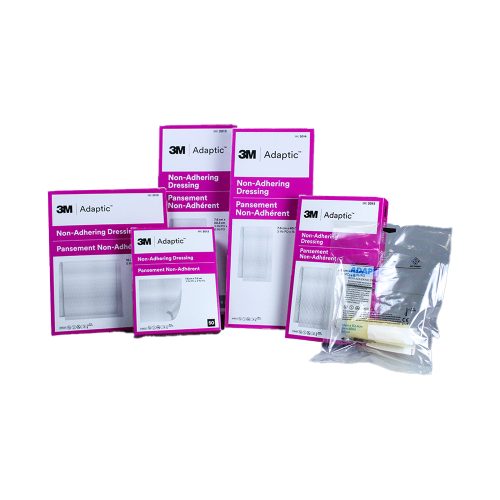 Solventum (Formerly 3M)
Solventum (Formerly 3M)3M ADAPTIC Non-Adhering Dressing
Starting at: $0.49 Select options This product has multiple variants. The options may be chosen on the product page -
Sale!
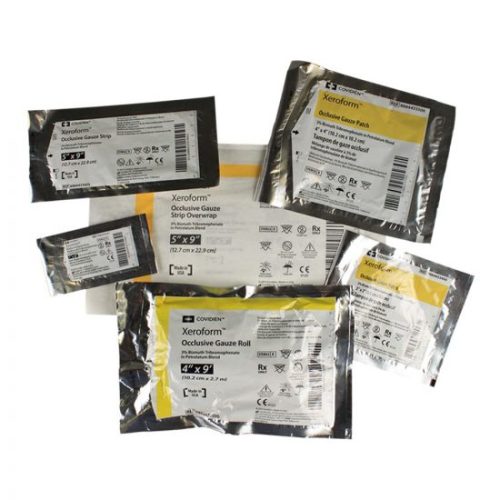 Cardinal Health
Cardinal HealthXeroform Occlusive Petrolatum Gauze
Starting at: $0.89 Select options This product has multiple variants. The options may be chosen on the product page -
Sale!
 HARTMANN USA
HARTMANN USASterilux Bulky Premium Roll Gauze, Non-Sterile
Non-SterileStarting at: $1.09 Select options This product has multiple variants. The options may be chosen on the product page -
Sale!
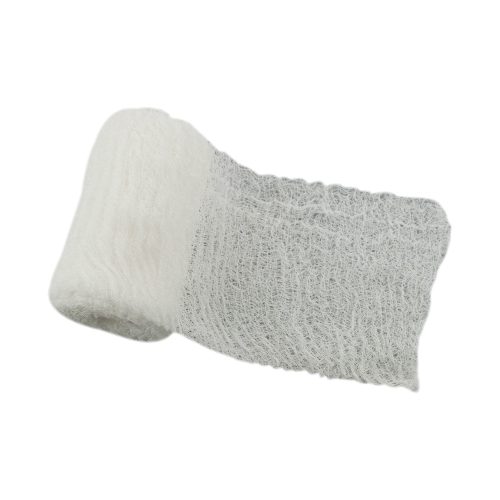 Cardinal Health
Cardinal HealthKerlix AMD Antimicrobial Large Roll
Starting at: $2.89 Select options This product has multiple variants. The options may be chosen on the product page -
Sale!
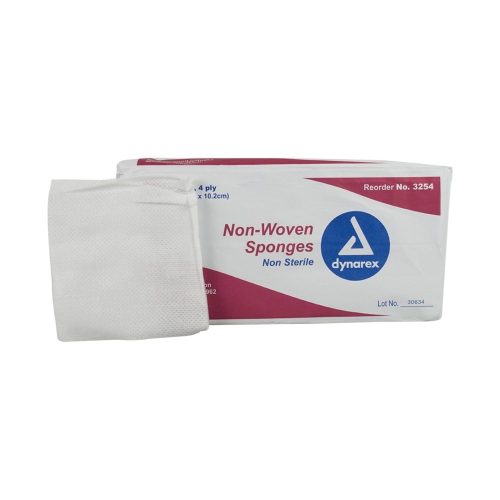 Dynarex
DynarexDynarex Non-Woven Sponge, Non-Sterile
Non-SterileStarting at: $2.69 Select options This product has multiple variants. The options may be chosen on the product page -
Sale!
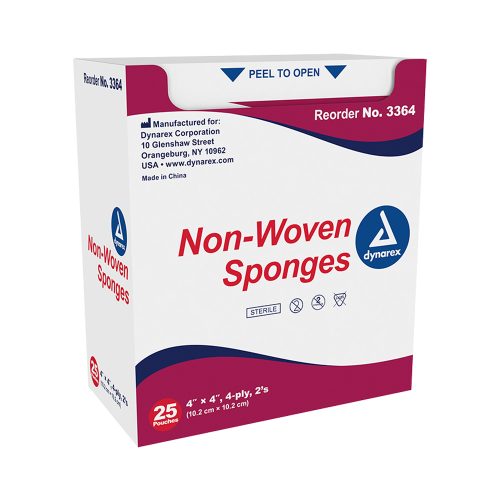 Dynarex
DynarexDynarex Non-Woven Sponge, Sterile
SterileStarting at: $2.19 Select options This product has multiple variants. The options may be chosen on the product page -
Sale!
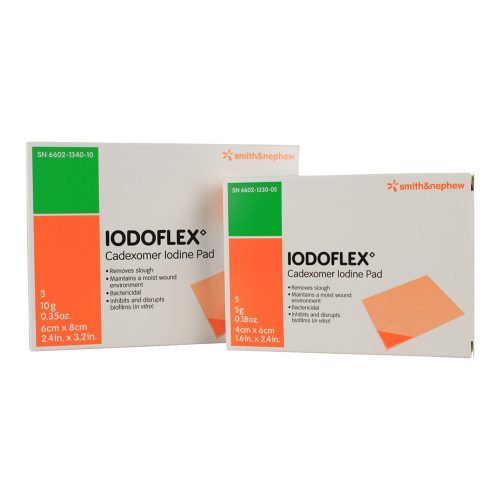 Smith & Nephew
Smith & NephewIODOFLEX Pads
Starting at: $8.09 Select options This product has multiple variants. The options may be chosen on the product page -
Sale!
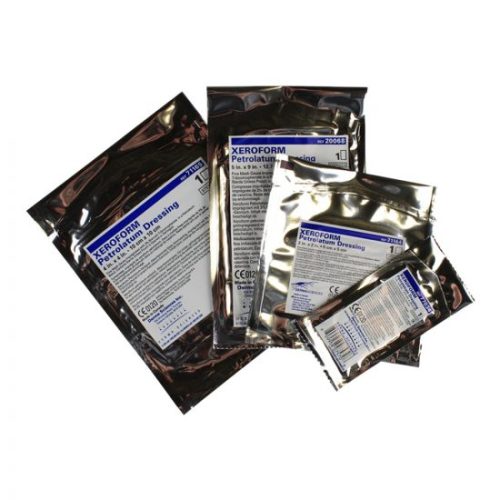 Gentell
GentellDermaSciences Xeroform Petrolatum Dressing
Starting at: $0.59 Select options This product has multiple variants. The options may be chosen on the product page -
Sale!
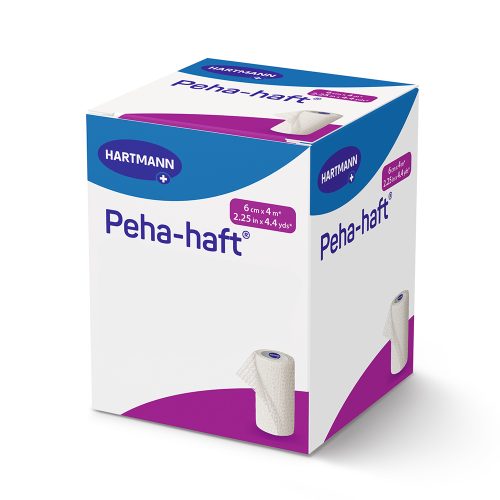 GentleHARTMANN USA
GentleHARTMANN USAPeha-haft Cohesive Conforming Gauze
Starting at: $1.59 Select options This product has multiple variants. The options may be chosen on the product page -
Sale!
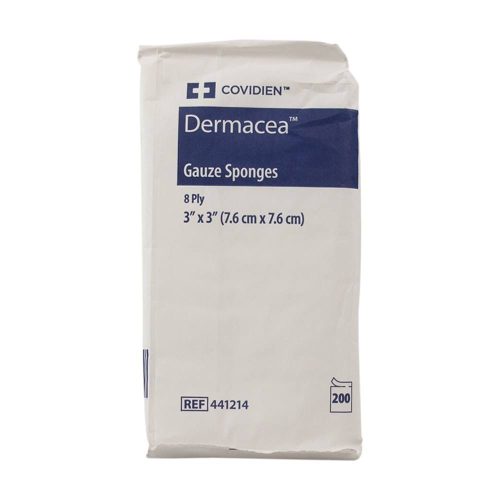 Cardinal Health
Cardinal HealthDermacea Woven Gauze Sponges, Non-Sterile
Non-SterileStarting at: $2.49 Select options This product has multiple variants. The options may be chosen on the product page -
Sale!
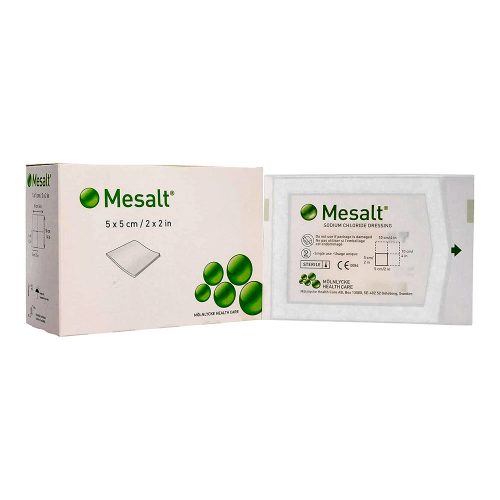 FavoriteMolnlycke Health Care
FavoriteMolnlycke Health CareMesalt Sodium Chloride Impregnated Gauze
Starting at: $1.09 Select options This product has multiple variants. The options may be chosen on the product page -
Sale!
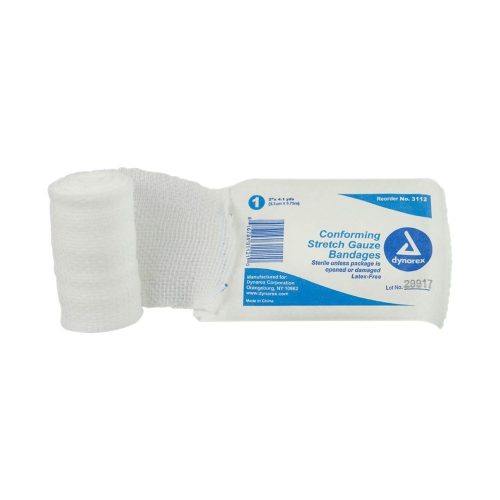 Dynarex
DynarexDynarex Conforming Stretch Gauze Bandages, Sterile
SterileStarting at: $0.69 Select options This product has multiple variants. The options may be chosen on the product page -
Sale!
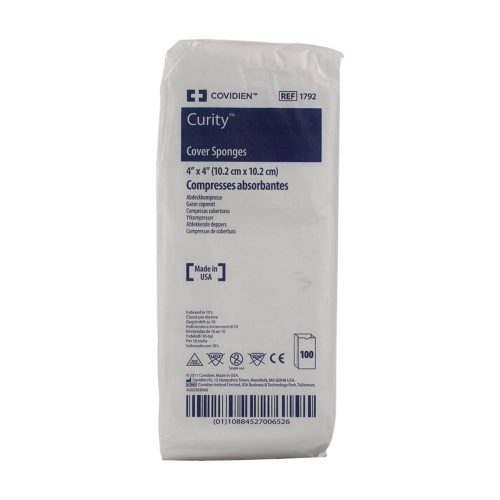 Cardinal Health
Cardinal HealthCurity Cover Sponges, Non-Woven, Non-Sterile
Non-SterileStarting at: $3.99 Select options This product has multiple variants. The options may be chosen on the product page -
Sale!
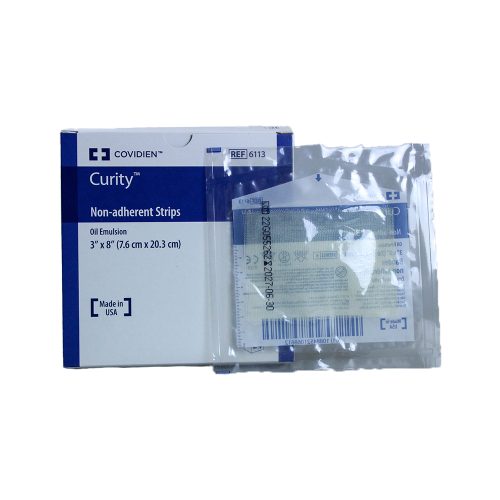 Cardinal Health
Cardinal HealthCurity Non-Adhering Oil Emulsion Dressing
Starting at: $0.59 Select options This product has multiple variants. The options may be chosen on the product page
Gauze Dressings for Wound Care
Types of Gauze Dressings
Available in woven and non-woven forms, gauze is the most widely used wound care dressing. It’s ideal for securing a primary dressing in place, in conjunction with tape, or as part of a bandage or surgical sponge.
Several types of fibers are used for gauze, including cotton, polyester, rayon or a blend. The composition may be:
- Sterile or nonsterile
- Impregnated with a solution
- Perforated for greater breathability
Regardless of material or formulation, gauze has two general types:
Woven gauze uses a cotton, multi-ply composition with a looser weave, which helps with absorbing and controlling exudate and bodily fluids. Oftentimes, woven gauze resembles mesh. A wider, coarser weave is ideal for debriding, while finer weaves are better suited to packing a wound. Of all types available, woven gauze is the more common.
Nonwoven gauze is created by pressing, rather than weaving, the fibers together. This composition increases absorbency and wicking without decreasing breathability, tends to be thicker and is less likely to leave fibers on the skin once removed. Nonwoven gauze dressings are ideally used with a secondary dressing to control exudate.
Aside from these two basic types, gauze can be found in “sponge” form – a square, folded pad – or with a more flexible composition for wrapping around a wound and securing a primary dressing.
Gauze rolls can be used for securing other dressings in place. Simply wrap the gauze roll around the primary dressing and secure with tape. It is not recommended to use a gauze roll as a primary dressing, as they are not very absorbent.
How Is Medical Gauze Used?
Gauze may assist with packing, covering, debriding or cleansing a wound or holding a primary dressing in place. In a medical setting or as you tend to your wound at home:
- Sterile environment: Gauze creates a sterile environment for post-surgical usage and healing deeper wounds.
- Direct application: The construction allows gauze to be placed directly on the wound to help control fluids, assist with wound debridement or deliver an impregnated substance. The gauze may be treated with petroleum jelly, oil, hydrogel, iodine, an antimicrobial or a water-based substance.
- Secondary dressing: Woven gauze is ideal as a secondary dressing, helping absorb and hold onto fluids. A closer weave is ideal as a contact layer, as it can hold onto more exudate, offers easier removal and better protects the wound.
Shop Gauze Dressings
Find a range of types and formulations for dressing and healing wounds in medical and at-home environments. Shop pads, impregnated gauze, sponges, gauze with petrolatum, and conforming and Kerlix rolls.